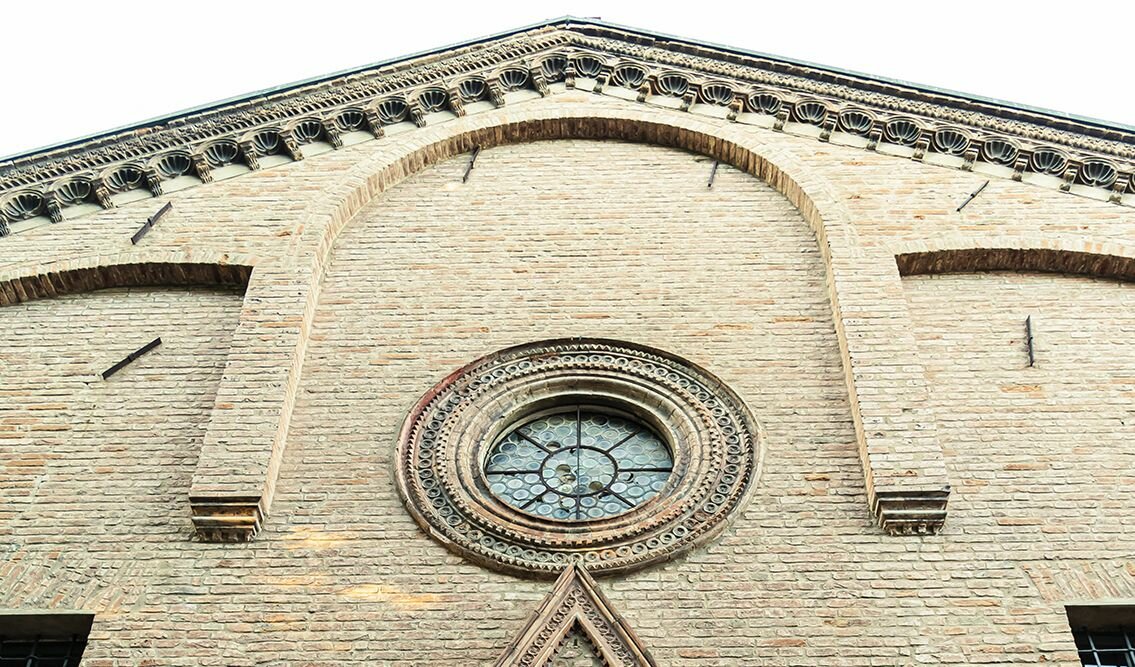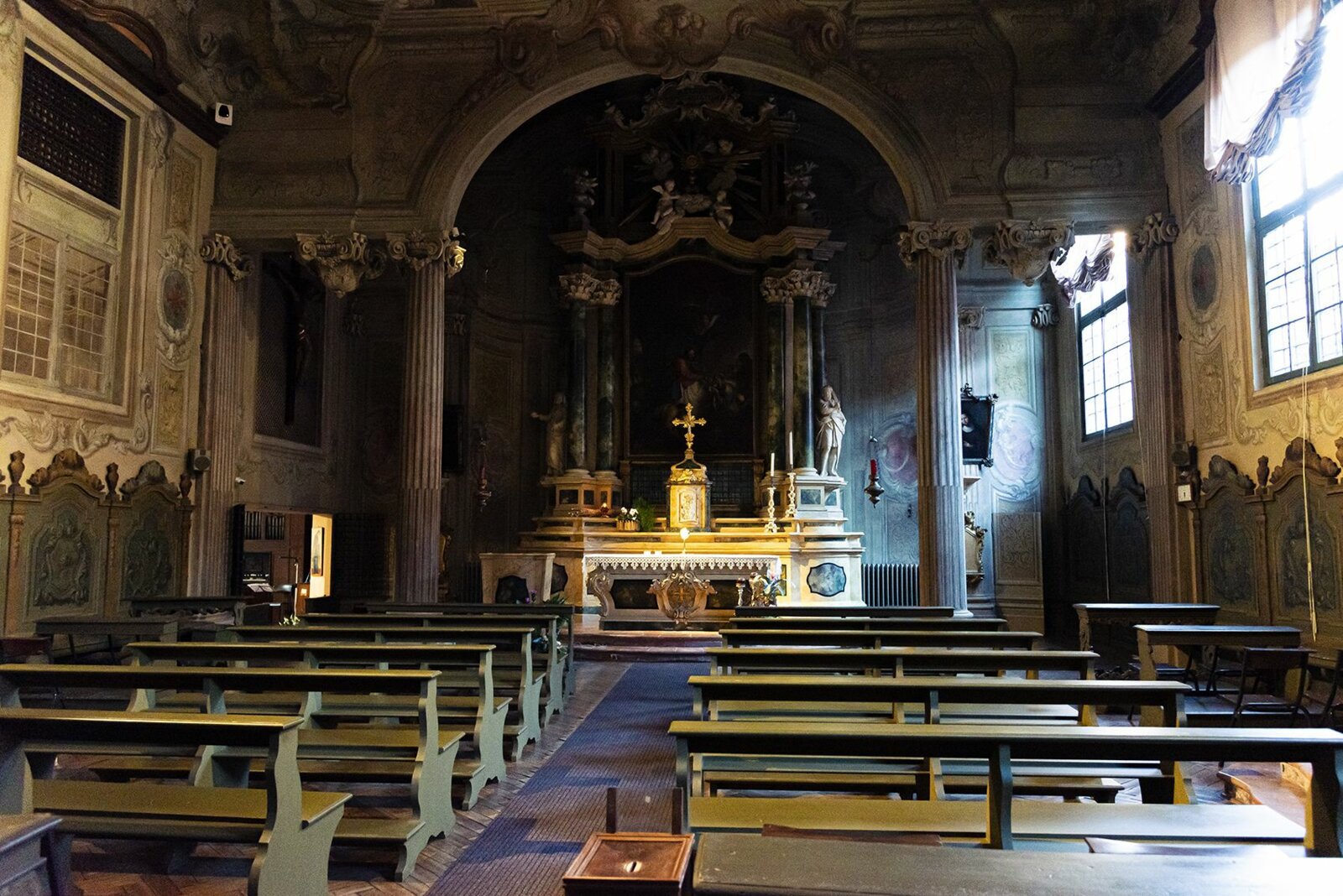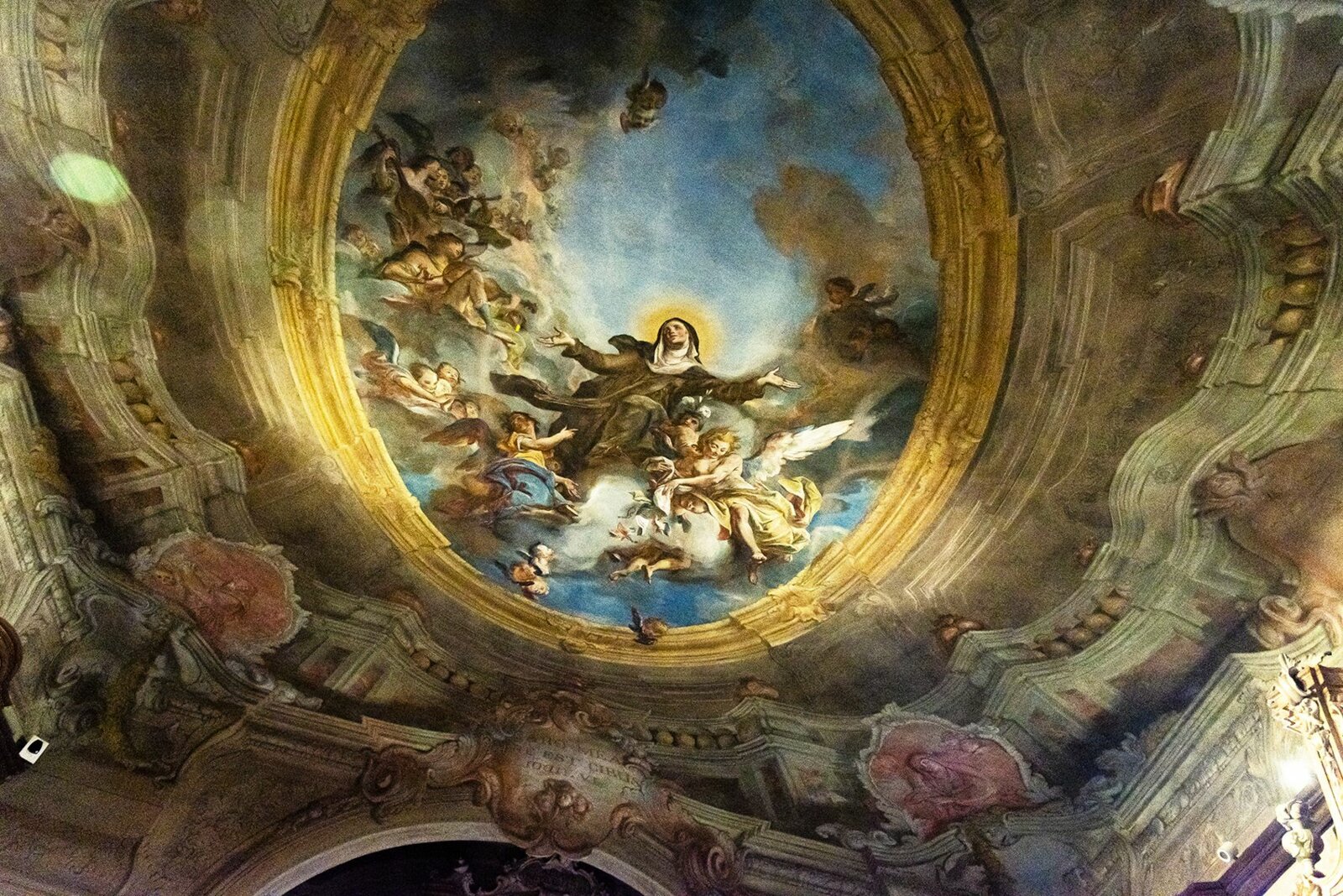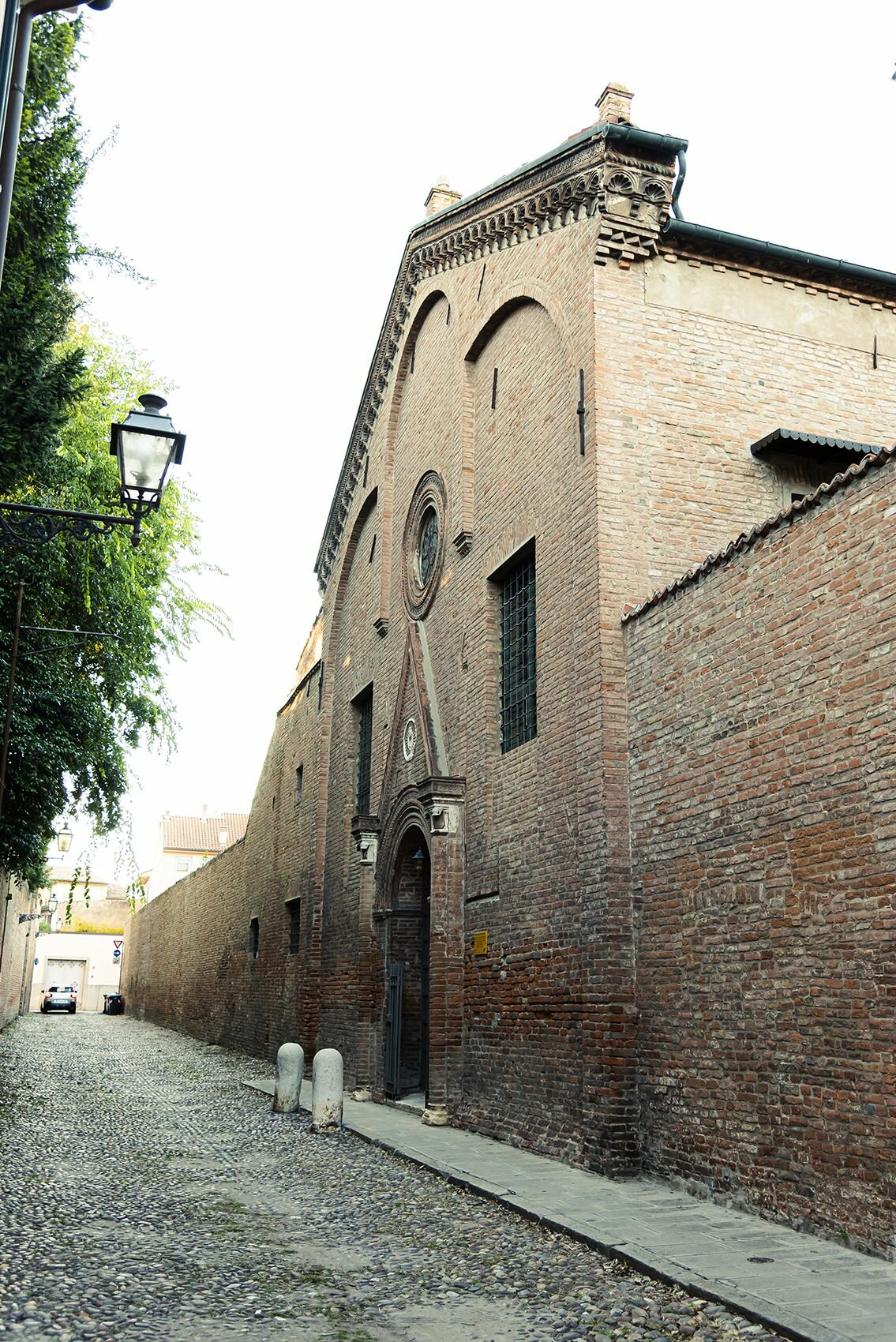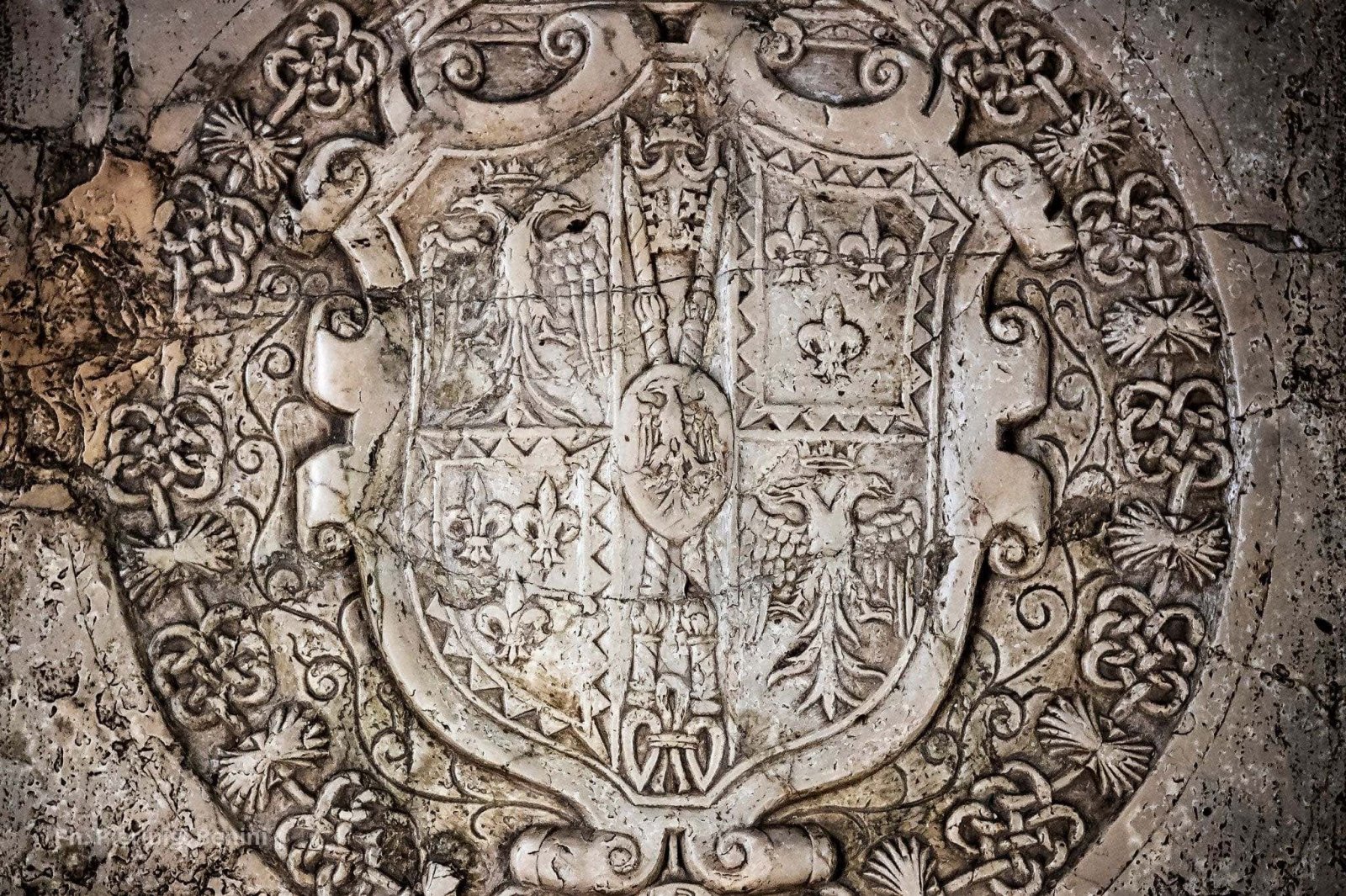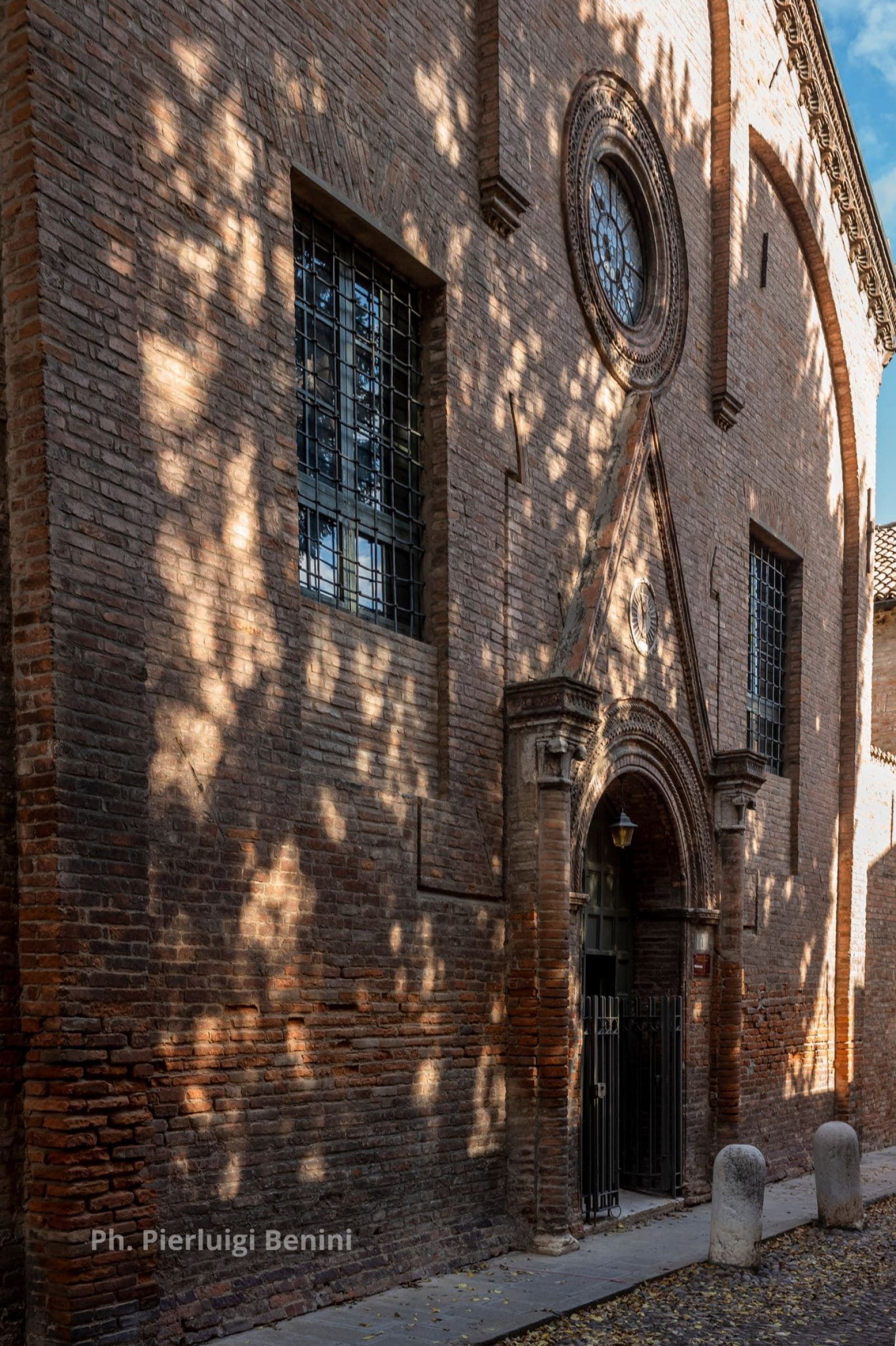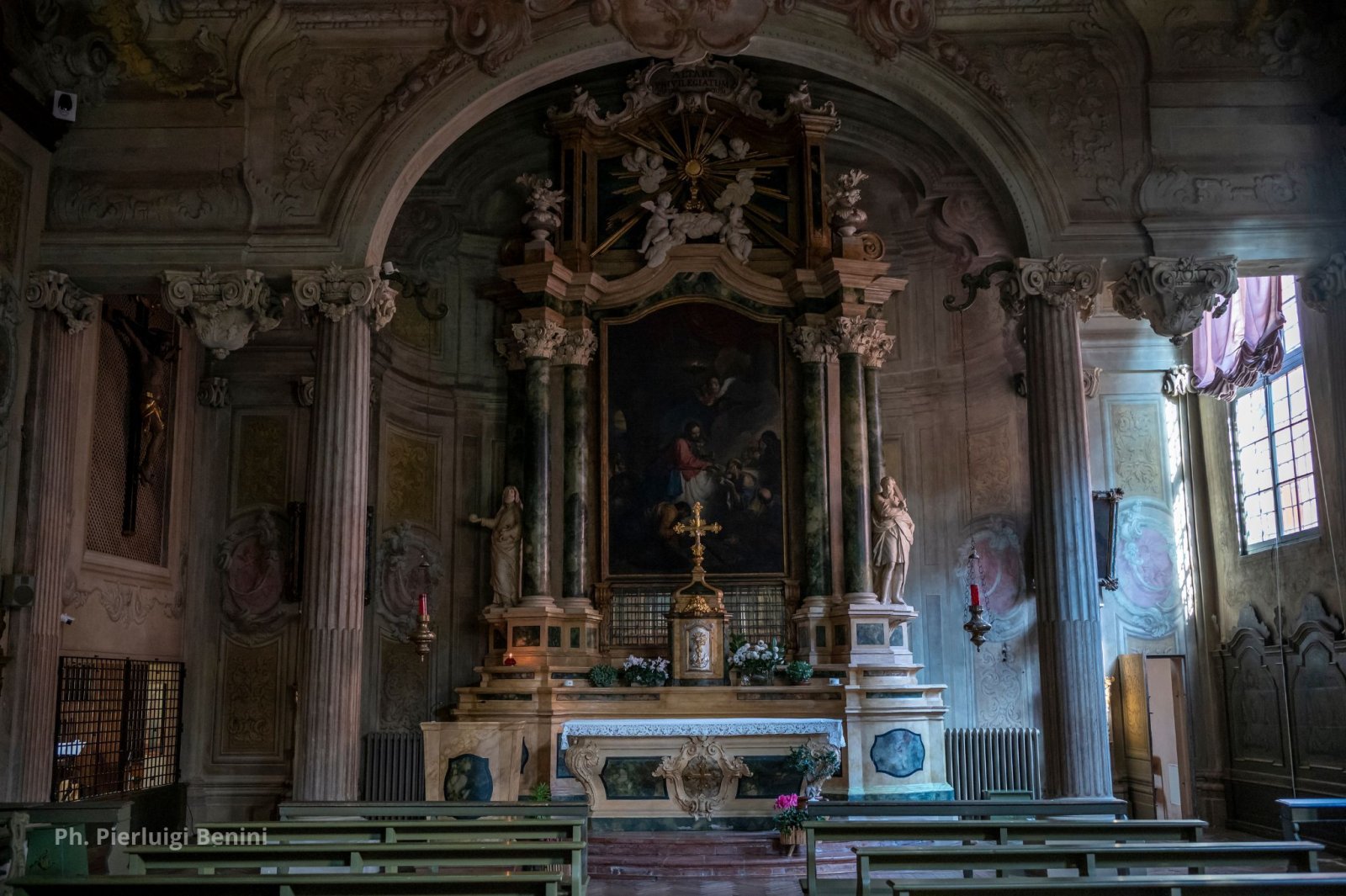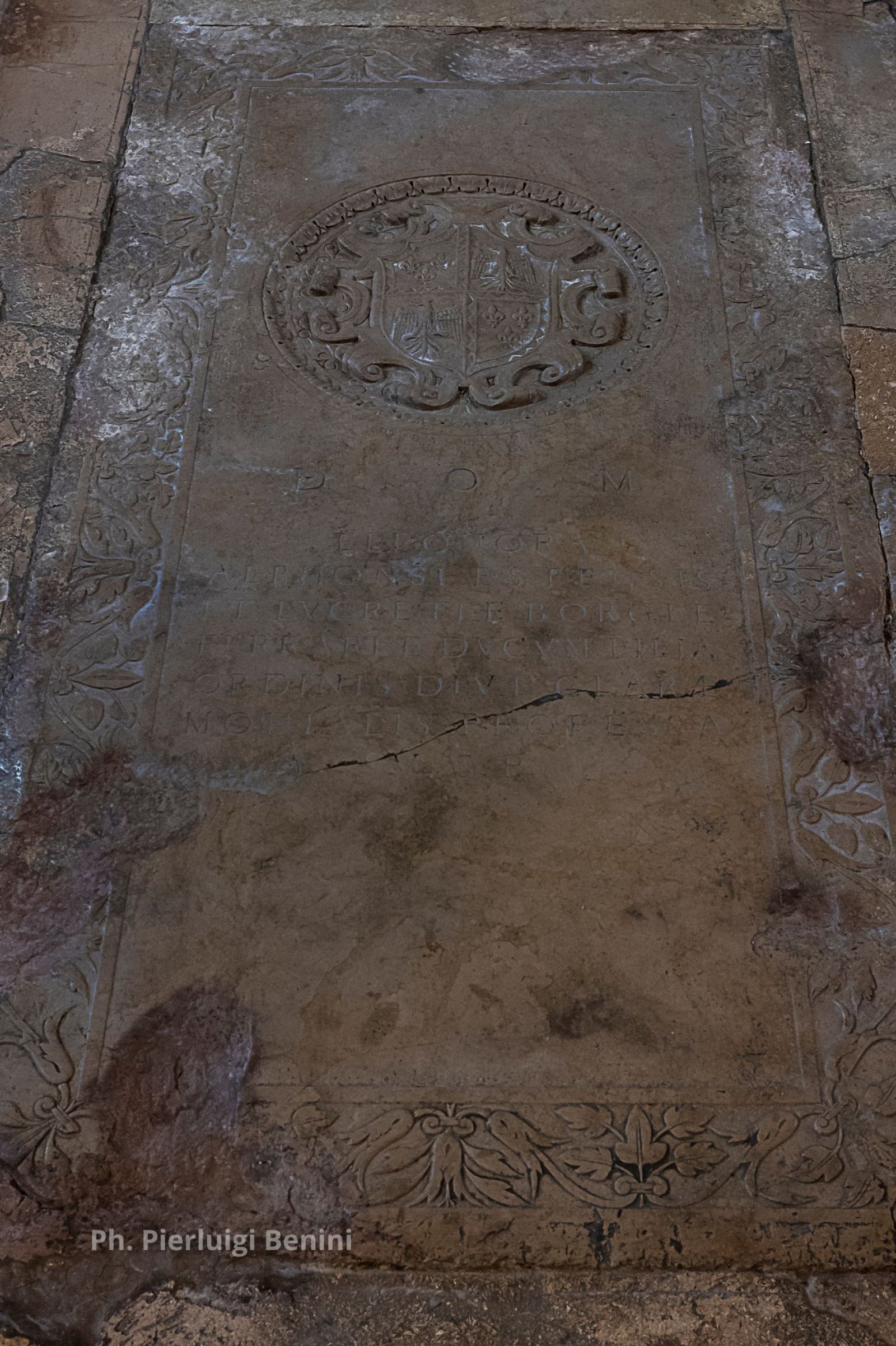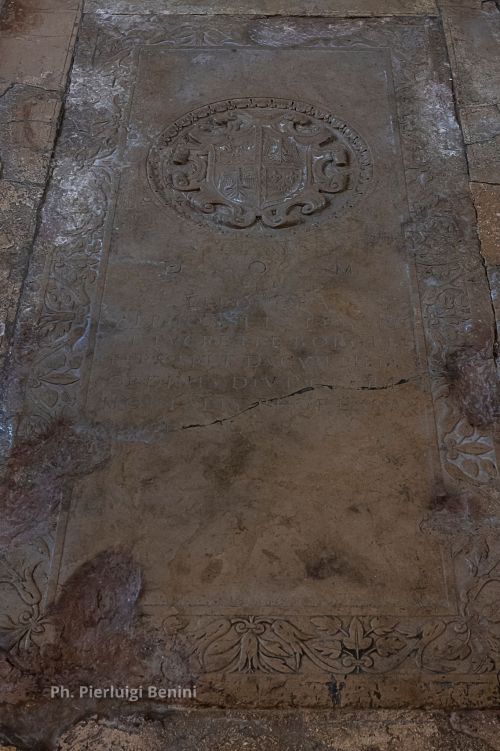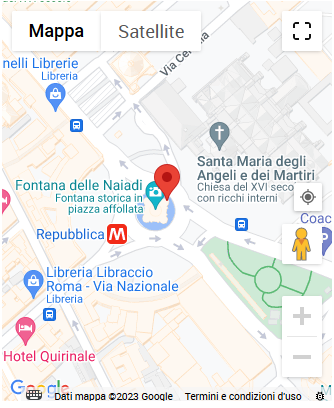Potrebbe interessarti anche

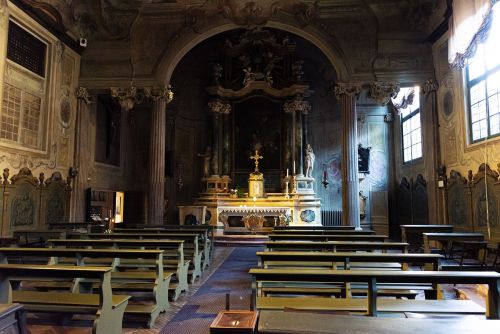
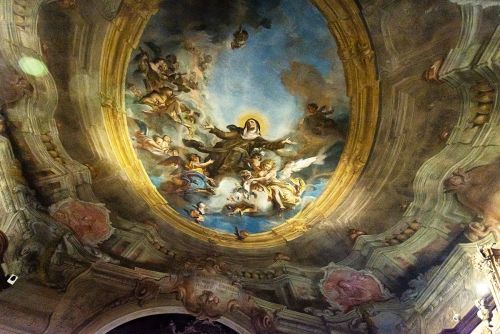
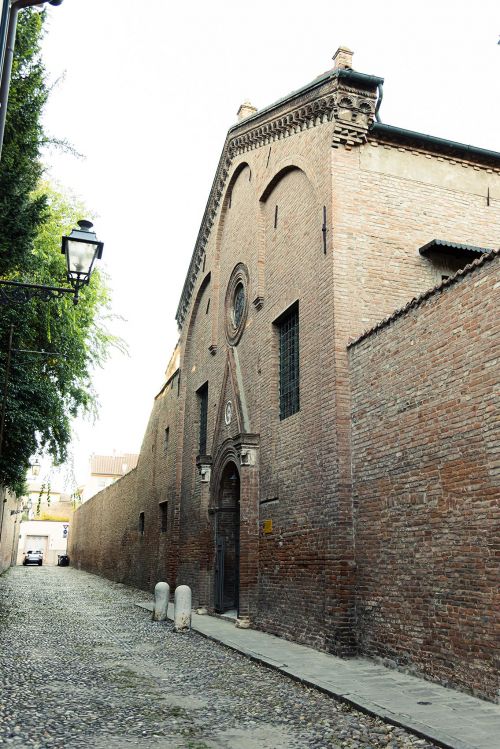
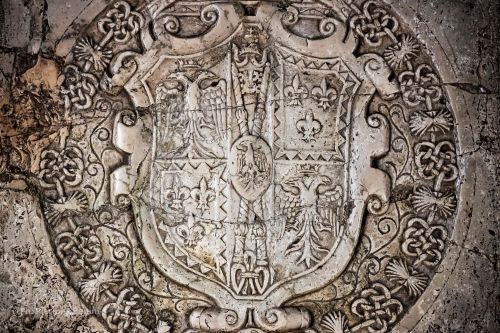
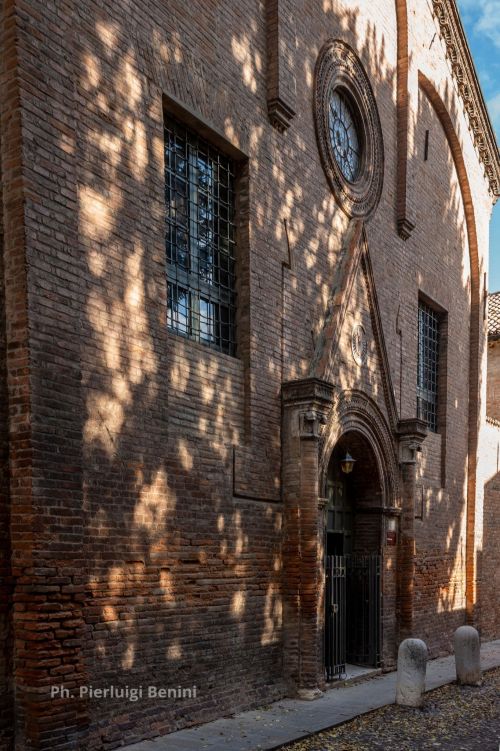
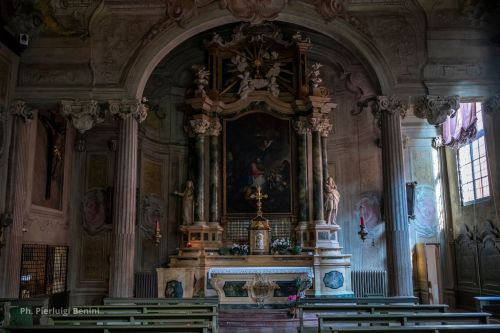
CORPUS DOMINI MONASTERY
As you walk through the enchanting maze of streets in Ferrara’s historical centre, one of the most elegant areas of medieval Ferrara, you will find yourself in front of a seemingly austere building. In reality, it holds numerous testimonies to the Renaissance.
The monastic community was founded in 1406 and then was approved by the rule of St. Clare in 1431. Still to this day, the monastery is inhabited by the diligent cloistered Poor Clare nuns who will welcome you on your visit. A place repository of centuries of history and tradition in which you can intersect some of the most relevant events of the Ferrarese Renaissance.
HISTORICAL NOTES
Founded in 1406 by Sister Bernardina Sedazzari as a women's community of Augustinian rule, Corpus Domini was erected as a monastery of the Franciscan Poor Clares in 1431. In 1450 the nuns embraced the institute of St. Clare. Later, in 1483, Count Giovanni Romei made a gift of his palace – now the Casa Romei Museum – to the monastery, which became so large as to occupy the entire neighbourhood.
One of the most important people in the history of this monastic community was certainly St. Catherine Vegri, one of the founders of the monastery. She lived here until 1456 when she was transferred to Bologna with some other sisters, where she became the first abbess of the newly established Corpus Christi Monastery of the city.
Arriving at the monastery, on Via Campofranco, you can admire the façade made of authentic Ferrara terracottas, still preserving 15th-century decorative elements, transferred here at the end of the 18th century from the original façade. Inside the church, which is open to the public, you will find rich motifs from the late Baroque period. In the choir room, you can admire the burials of some of the most important members of the Estense family such as Leonello, Eleonora of Aragon, Alfonso I, Lucrezia Borgia and Alfonso II.
YOU MAY NOT KNOW ABOUT…
THE TOMB OF THE ESTE FAMILY. At the back of the choir, under a small tombstone, are the remains of many other Estensi from the vanished church of Santa Maria degli Angeli.
THE SWEET CLARISSES. One of the characteristics of the monasteries run by the Clarisse order is that they base part of their livelihood on the production and sale of sweets. They say that pampapato, a typical traditional Ferrara sweet, originated in this monastery, later becoming a typical dish on Ferrara tables during the Christmas holidays.
THE COMMUNITY OF WOMEN. St. Catherine Vegri, before entering the cloister, was already part of an informal group of noblewomen who, though not taking vows, led a pious and austere life, similar to monastic life.

